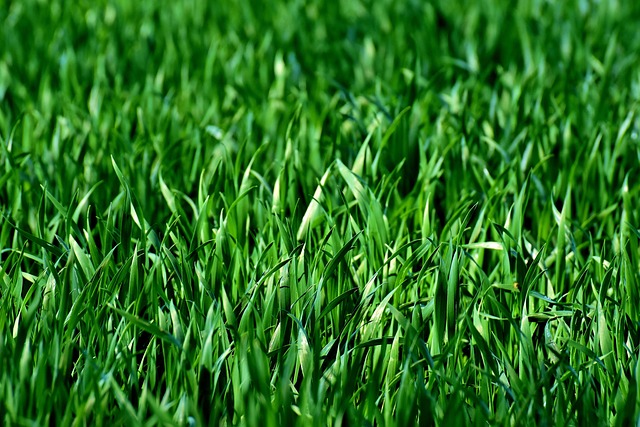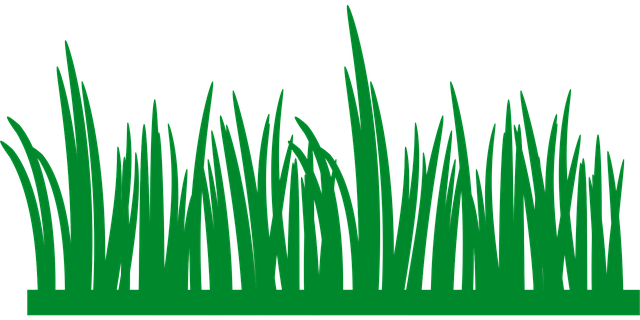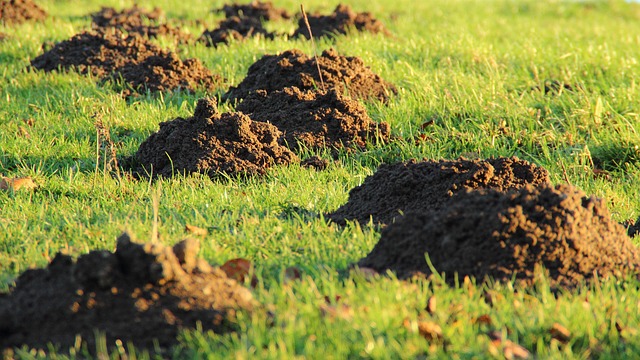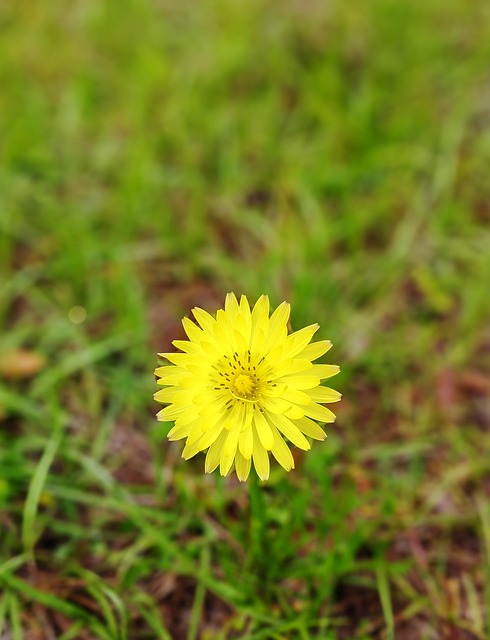Wheat Ridge adopts a sustainable approach to managing right-of-way (ROW) vegetation, prioritizing herbicide application alongside eco-friendly methods. Certified professionals guide targeted herbicide use to control weeds and invasive species while preserving native plants. This balanced strategy enhances aesthetics, conserves resources, and promotes biodiversity, creating an environmentally friendly urban landscape.
In the pursuit of sustainable landscapes, exploring eco-friendly alternatives to traditional herbicide use is essential, especially for managing right-of-way (ROW) vegetation. This article delves into effective and sustainable treatment options for lawn plants, focusing on the specific needs of ROW areas in Wheat Ridge. We examine herbicide application techniques tailored for this context, as well as promising alternative solutions that preserve both aesthetics and environmental health. By understanding these methods, residents and professionals can make informed decisions to create lush, controlled green spaces.
- Understanding Herbicide Application for Right-of-Way Vegetation
- Sustainable Alternatives to Traditional Herbicides in Wheat Ridge
- Effective Yet Eco-Friendly Management of Right-of-Way Vegetation
Understanding Herbicide Application for Right-of-Way Vegetation

In Wheat Ridge, managing right-of-way (ROW) vegetation requires a balanced approach, and herbicide application plays a significant role in sustainable treatment options. Herbicides are chemical compounds designed to control or eliminate unwanted plants, making them an effective tool for maintaining aesthetic and safety standards along roadsides, highways, and other public areas. When applied correctly, herbicides can significantly reduce the need for mechanical mowing and weeding, which is both cost-effective and environmentally friendly.
Understanding herbicide application involves knowing the specific types of vegetation, their growth patterns, and the best time to treat them. For Wheat Ridge residents and local authorities, consulting with certified professionals ensures that herbicides are used responsibly and in compliance with environmental regulations. Targeted applications focus on unwanted weeds and invasive species while minimizing impact on native plants and surrounding ecosystems.
Sustainable Alternatives to Traditional Herbicides in Wheat Ridge

In Wheat Ridge, sustainable alternatives to traditional herbicides are gaining traction as residents and local authorities seek eco-friendly solutions for managing right-of-way vegetation. One popular approach involves the use of manual weeding techniques, such as hoes and wands, which effectively target specific weeds without harming surrounding grass or plants. These methods not only reduce chemical use but also promote a healthier, more diverse ecosystem along city streets.
Additionally, biological control agents like insects and fungi are being employed to combat weed growth in Wheat Ridge’s right-of-way areas. Introducing beneficial insects that feed on specific weed species can significantly suppress their population, while targeted fungal infections can weaken and eventually kill unwanted plants. These sustainable practices not only lessen the environmental impact of herbicide application for right-of-way vegetation in Wheat Ridge but also contribute to a more aesthetically pleasing and ecologically balanced urban landscape.
Effective Yet Eco-Friendly Management of Right-of-Way Vegetation

Managing right-of-way (ROW) vegetation along city streets and highways is a delicate balance between maintaining safety, aesthetics, and environmental sustainability. Traditional methods often involve heavy machinery and chemical treatments, but modern approaches in Wheat Ridge are leaning towards eco-friendly solutions. One effective strategy is targeted herbicide application, which allows for precise control of unwanted plants without causing widespread harm to the ecosystem.
This method involves carefully selecting and applying herbicides specific to ROW vegetation, ensuring minimal impact on nearby desirable plants and wildlife habitats. By focusing on targeted treatment, cities like Wheat Ridge can achieve long-lasting results while reducing the reliance on toxic chemicals. This not only promotes biodiversity but also fosters a greener and healthier urban environment for both residents and local flora and fauna.
In light of the above discussions, it’s clear that sustainable treatment options for lawn plants, particularly regarding herbicide application for right-of-way vegetation in Wheat Ridge, are not only feasible but essential. By exploring eco-friendly alternatives to traditional herbicides and adopting effective yet environmentally conscious management strategies, we can achieve desirable results while preserving our local ecosystem. Remember that, as the need for maintaining lush landscapes continues, these sustainable practices will ensure a greener and healthier future for Wheat Ridge’s right-of-way vegetation.
